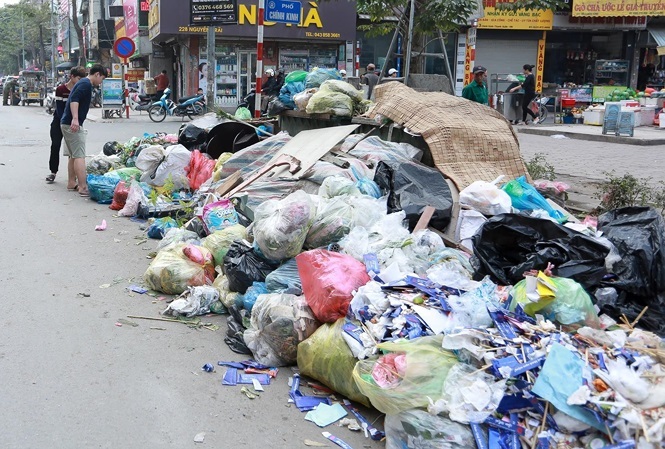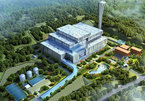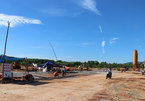The groundbreaking ceremony for the first hi-tech WTE plant of Bac Ninh and the second in the country took place in late May.

The VND1.4 trillion plant, expected to become operational after 15 months of construction, will treat 500 tons of waste a day and generate 11.7 MWh of electricity.
With advanced technology that meets European standards from leading Finnish suppliers, the project is hoped by Bac Ninh Provincial People's Committee to solve waste treatment problems in the province.
In December, the Can Tho WTE Plant in Thoi Lai district in Can Tho City became operational. This is the first plant of its kind in Vietnam. Capitalized at VND1.05 trillion and operational for 20 years, it can treat 400 tons of domestic waste a day and generate 150,000 Kwh of electricity.
|
With advanced technology that meets European standards from leading Finnish suppliers, the project is hoped by Bac Ninh Provincial People's Committee to solve waste treatment problems in the province. |
According to Hoang Van Thuc, deputy general director of the General Directorate of Environment, burning waste to generate electricity is the most optimal technology available in the world for solid waste. The technology is used by European countries and Japan.
Thuc said the world is shifting to a circular economy and so is Vietnam. In a circular economy, the waste from a production phase can be used as input material for other production phases.
The process reduces emissions and pollution, cuts costs to create new material sources, reduces energy and material consumption, and helps reduce costs of waste treatment.
According to Prof Dang Kim Chi, an environmental expert, burning waste to generate electricity turns waste into secondary resources that create energy, significantly reducing garbage volume, landfill areas, and emissions while bringing economic benefits.
According to Chi, there are two kinds of WTE technology: burning waste to generate electricity from high-calorific waste (carefully sorted garbage) or from low calorific sources (preliminary classification).
In Japan, Korea and Europe, the sorting of waste at source is done properly, so the former technology is applied. In Vietnam, the latter technology is used because waste can be classified only preliminarily. This technology provides a lower energy recovery rate, but it is suited to Vietnam’s current conditions.
In related news, theh Ministry of Industry and Trade (MOIT) earlier this year sent a document to the Prime Minister, proposing to add the Phu Tho WTE project to the national power development plan. the Ministry of Finance (MOF) views it as problematic.
Ly Hai

Hai Duong suspends waste treatment plant project
Hai Duong Province has decided to suspend a project to build a waste treatment and power generation plant in Luong Dien Commune, Cam Giang District, according to the leader of the provincial Department of Planning and Investment.

Quang Ngai tells investor to complete waste treatment plant by late September
The People’s Committee of central Quang Ngai Province has instructed North Investment and Development Construction JSC to complete construction of the plant and put it into operation before Sep 30.
 Hanoi, HCMC and other big cities are using waste-to-electricity (WTE) technology to treat domestic waste and produce much-needed power.v" itemprop="description" />
Hanoi, HCMC and other big cities are using waste-to-electricity (WTE) technology to treat domestic waste and produce much-needed power.v" itemprop="description" />